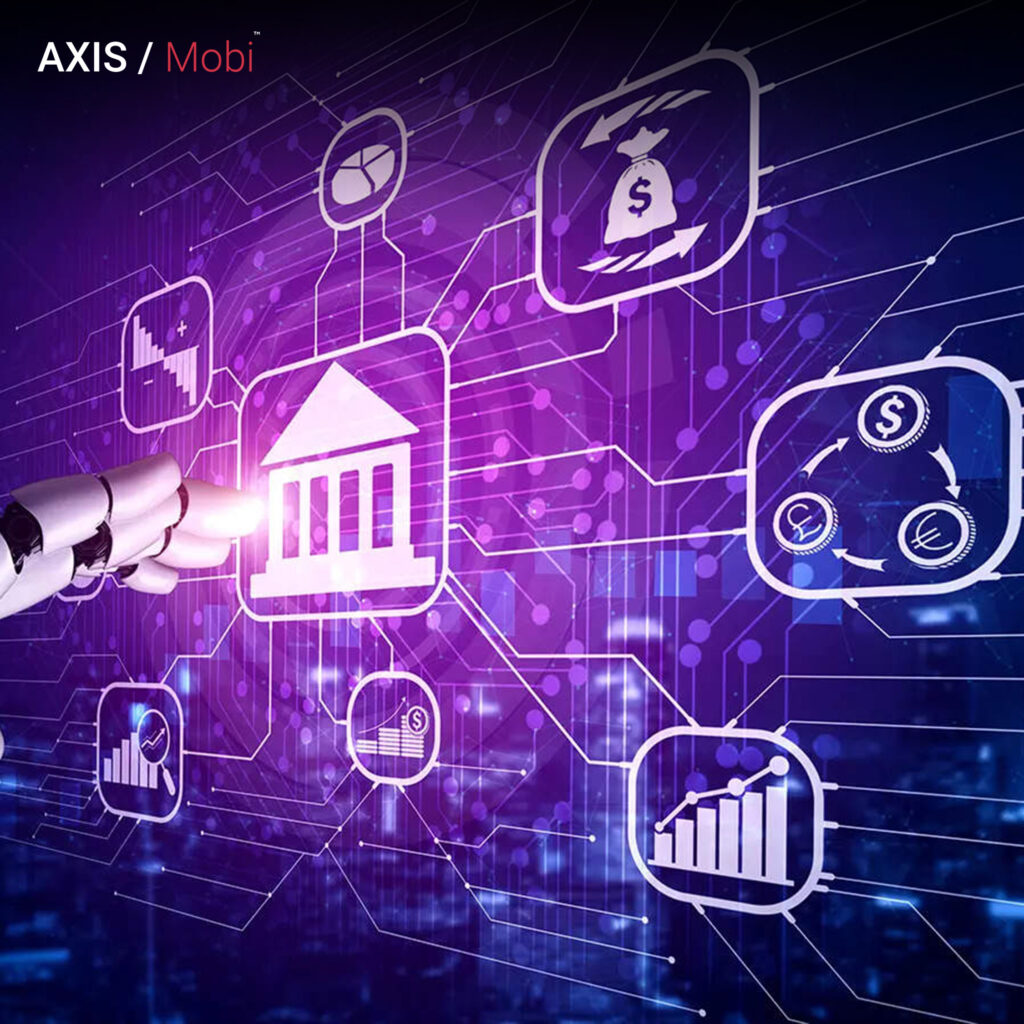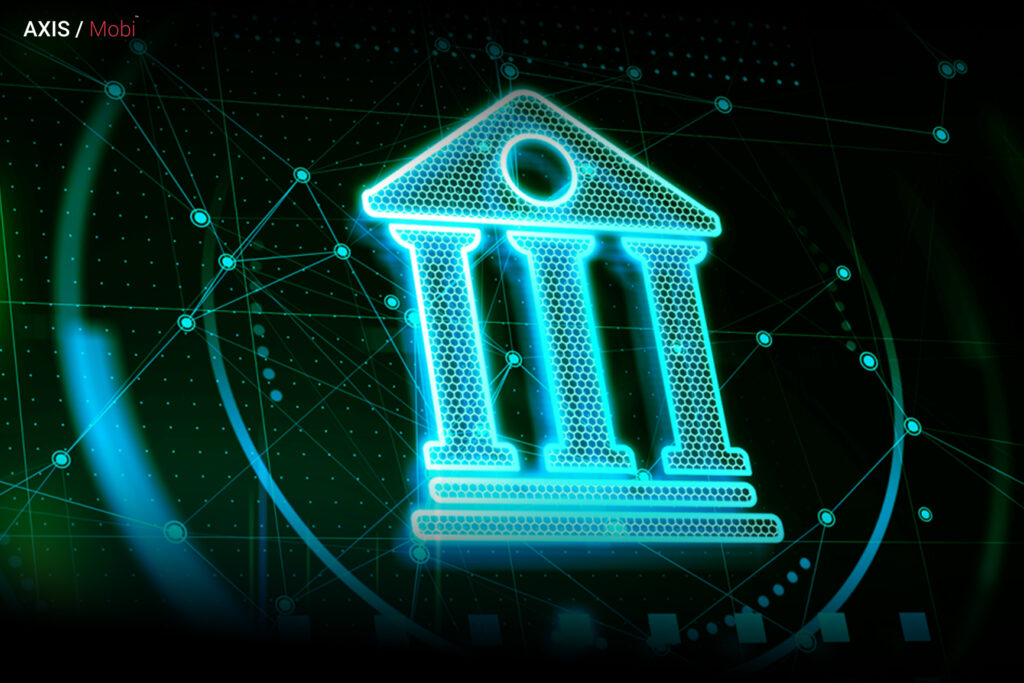COVID-19 Fuels the Global Rise in Digital Payments.
The COVID-19 pandemic has accelerated financial inclusion, significantly increasing digital payments in tandem with the global expansion of formal financial services. According to the Global Findex 2021 database, this expansion created new economic opportunities while also narrowing the gender gap in account ownership and building household resilience to manage financial shocks better.
As of 2021, 76% of adults worldwide have a bank, other financial institution, or mobile money provider account, up from 68% in 2017 and 51% in 2011. Notably, the increase in account ownership was evenly distributed across a much larger number of countries. Previously, much of the growth in previous Findex surveys over the last decade was concentrated in India and China. Still, this year’s survey found that the percentage of account ownership increased by double digits in 34 countries since 2017.
The pandemic has also increased the use of digital payments. Over 40% of adults in low and middle-income economies (excluding China) made merchant in-store or online payments using a card, phone, or the internet for the first time since the pandemic began. Over a third of adults in all low- and middle-income economies paid their utility bills directly from a formal account. Following the pandemic’s start, more than 80 million adults in India made their first digital merchant payment, while over 100 million adults in China did.

Two-thirds of adults worldwide now make or receive digital payments, with developing economies increasing their share from 35% in 2014 to 57% by 2021. In developing countries, 71% have a bank, other financial institution, or mobile money provider account, up from 63% in 2017 and 42% in 2011. Mobile money accounts have significantly increased financial inclusion in Sub-Saharan Africa.
“The digital revolution has catalyzed increases in financial service access and use worldwide, transforming how people make and receive payments, borrow, and save,” said World Bank Group President David Malpass. “Creating an enabling policy environment, promoting payment digitalization, and expanding access to formal accounts and financial services for women and the poor are some of the policy priorities to mitigate the development reversals caused by the ongoing overlapping crises.”
For the first time since the Global Findex database’s inception in 2011, the survey discovered that the gender gap in account ownership has narrowed, providing women greater privacy, security, and control over their money. Since the last survey round in 2017, the gap has shrunk from 7 to 4 percentage points globally and from 9 to 6 percentage points in low- and middle-income countries.
In developing economies, approximately 36% of adults now receive a wage or government payment, a payment for the sale of agricultural products, or a domestic remittance payment into an account. According to the data, receiving an expense into a statement rather than cash can encourage people to use the formal financial system; when people accept digital payments, 83% use their funds to make digital payments. Almost two-thirds used their account for cash management, while roughly 40% used it to save, contributing to the expansion of the financial ecosystem.

Despite advancements, many adults worldwide still do not have a reliable source of emergency funds. Only about half of adults in low- and middle-income economies said they could get extra money quickly during an emergency, and they frequently rely on untrustworthy sources of finance, such as family and friends.
“The world has a critical opportunity to build a more inclusive and resilient economy and provide a gateway to prosperity for billions of people,” said Bill Gates, co-chair of the Bill and Melinda Gates Foundation and one of the database’s supporters. “By investing in digital public infrastructure and payment and ID system technologies, as well as updating regulations to foster innovation and protect consumers, governments can build on the Findex progress and expand access to financial services for all who need them.”
In Sub-Saharan Africa, for example, the lack of an identity document remains a significant barrier preventing 30% of adults from opening a mobile money account, indicating an opportunity to invest in accessible and trusted identification systems. Over 80 million adults without bank accounts continue to receive government payments in cash; digitizing some of these payments could save money and reduce corruption. To increase account ownership and usage, trust in financial service providers, confidence in financial products, tailored product design, and a robust and enforced consumer protection framework will be required.
The World Bank produces the Global Findex database every three years in collaboration with Gallup, Inc., and it surveys how people in 123 economies use financial services throughout 2021.
Overviews of the Regions:
1.) EAP Global Findex 2021 Regional Overview-
In East Asia and the Pacific, financial inclusion is divided into two parts: what is happening in China and what is happening in the region’s other economies. In China, 89% of adults have an account, and 82% of those accounts are used to make digital merchant payments. In the rest of the region, 59% of adults have an account, 23% of adults have made digital merchant payments, and 54% for the first time since the COVID-19 pandemic began. Account ownership increased by double digits in Cambodia, Myanmar, the Philippines, and Thailand. At the same time, the gender gap in the region remains low at 3 percentage points, but the gap between poor and rich adults is 10 percentage points.
2.) ECA-
Account ownership has increased by 13 percentage points in Europe and Central Asia since 2017, reaching 78% of adults. Digital payments are widespread, with nearly three-quarters of adults using an account to make or receive digital compensation. COVID-19 increased usage among the 10% of adults who made their first digital merchant payment during the pandemic. Digital technology can potentially increase account use among the 80 million banked adults who continue to make merchant payments only in cash, including 20 million in Russia and 19 million in Turkey, the region’s two largest economies.
3.) LAC-
Since 2017, Latin America and the Caribbean have seen the most significant increase in account ownership of any developing region, with 73% of adults having an account. Digital payments are essential, as 40% of adults paid a merchant digitally, with 14% doing so for the first time during the pandemic. COVID-19 also influenced the 15% of adults who made their first utility bill payment directly from their account for the first time during the pandemic, which was more than double the developing country average. Given that 150 million banked adults made merchant payments only in cash, including more than 50 million in Brazil and 16 million in Colombia, opportunities for greater use of digital payments remain.

4.)MENA-
The Middle East and North Africa region has made strides in closing the gender gap in account ownership, which has shrunk from 17 percentage points in 2017 to 13 percentage points in 2018—42% of women now have an account compared to 54% of men. There are numerous opportunities to broaden account ownership by digitizing payments that are currently made in cash, such as payments for agricultural products and private sector wages (about 20 million adults with no account in the region received private sector wages in cash, including 10 million in the Arab Republic of Egypt). Another opportunity is to move people to formal modes of saving, given that the region’s 14 million adults without accounts—including 7 million women—saved using semiformal methods.
5.)SA
In South Asia, 68% of adults have an account, which has not changed since 2017 despite the wide regional variation. For example, 78% and 89% of adults in India and Sri Lanka have an account, respectively. However, account usage has increased due to digital payments, with 34% of adults using their funds to make or receive compensation, up from 28% in 2017. Given the continued dominance of cash—even among account owners—to make merchant payments, digital payments present an opportunity to increase both account ownership and usage.
6.) SSA
In Sub-Saharan Africa, mobile money adoption has increased to 33% of adults now have a mobile money account, three times higher than the global average of 10%. Although mobile money services were initially designed to allow people to send money to friends and family living elsewhere in the country, adoption and usage have spread beyond those origins, with 3-out-of-4 out of mobile account owners in 2021 making or receiving at least one non-person-to-person payment and 15% of adults using their mobile money account to save.




